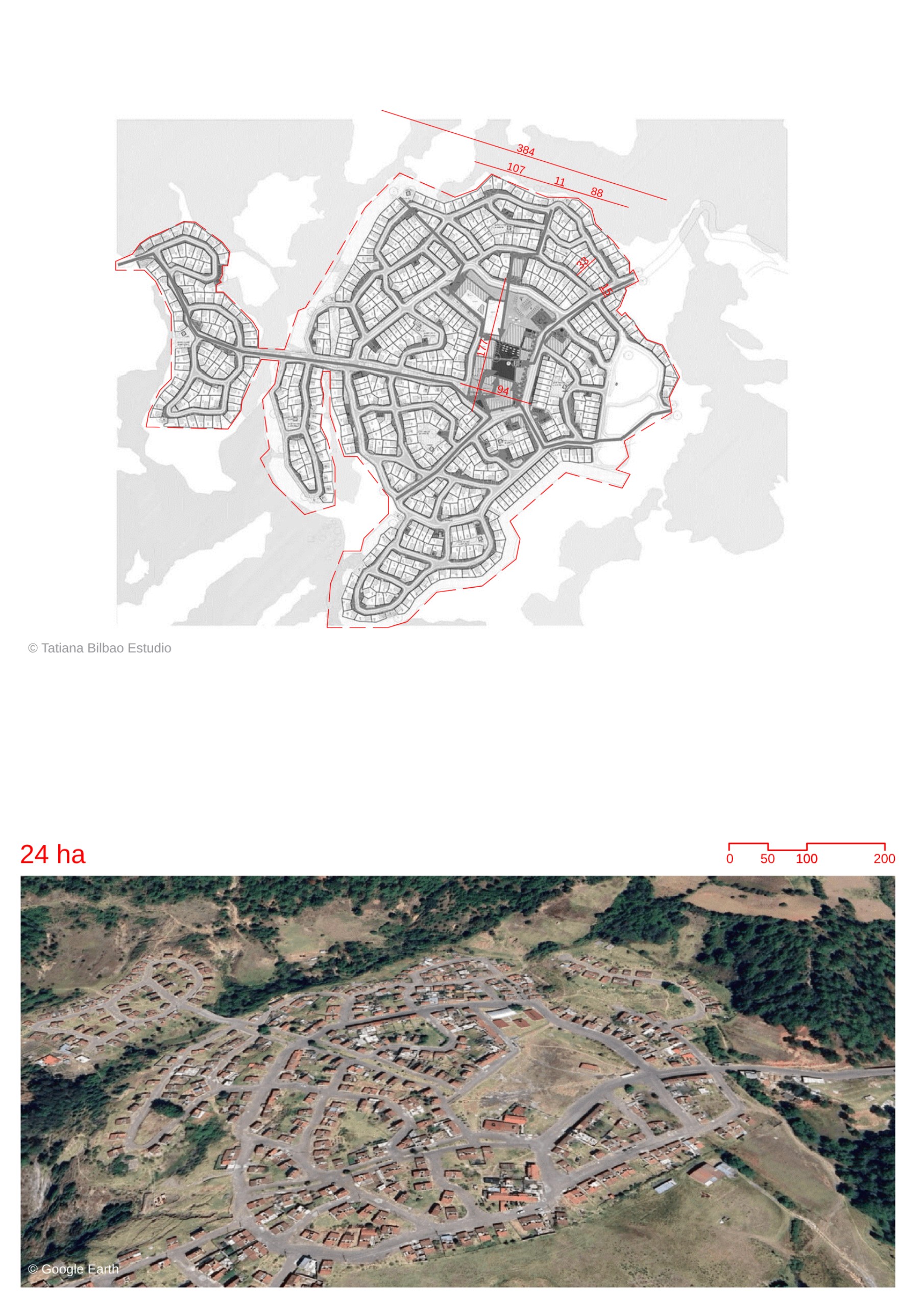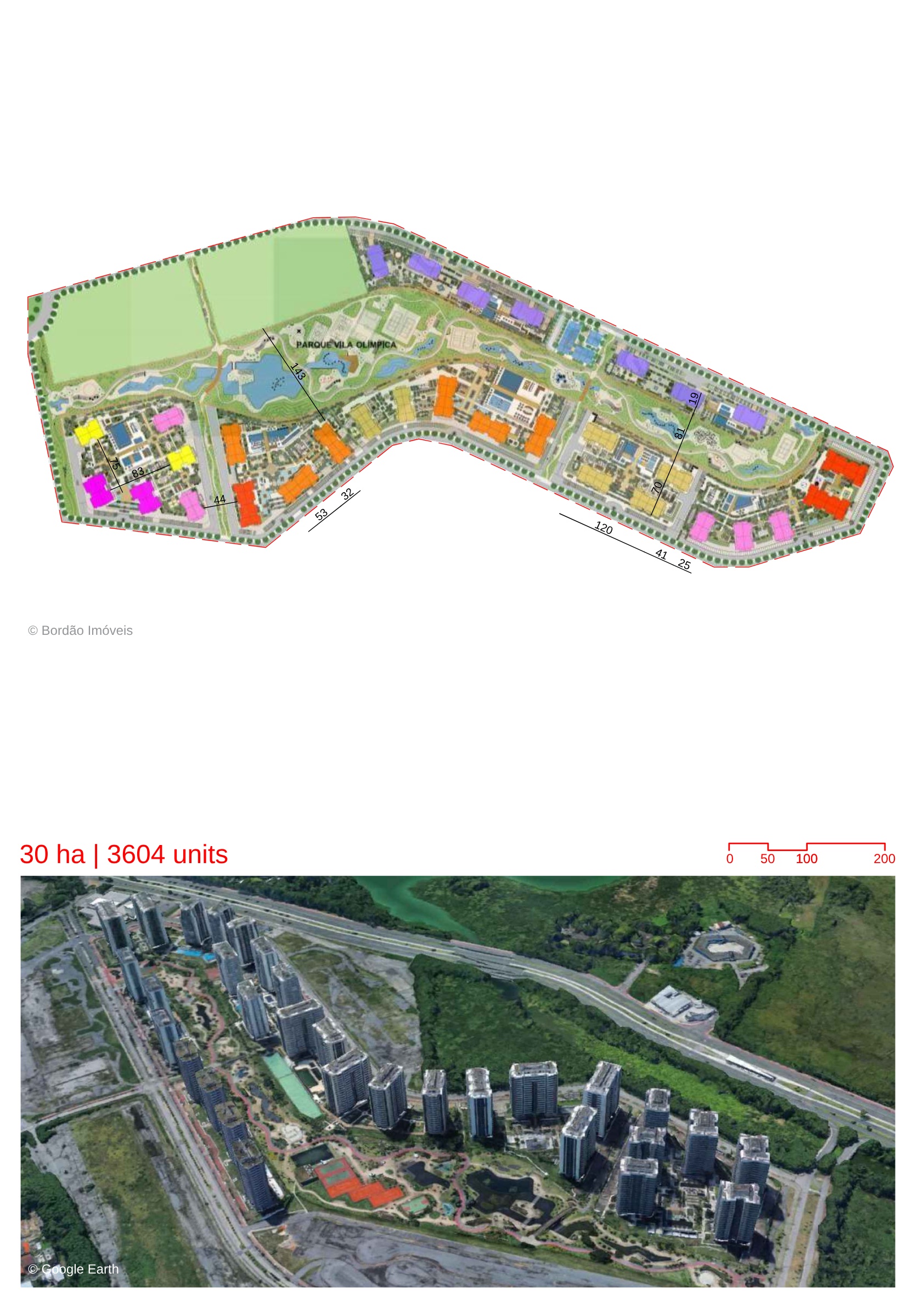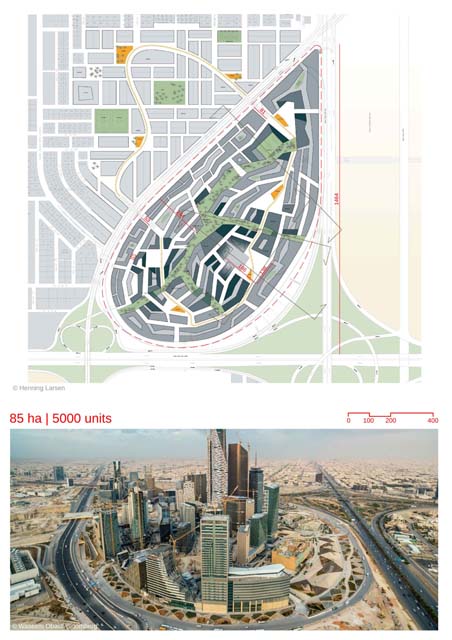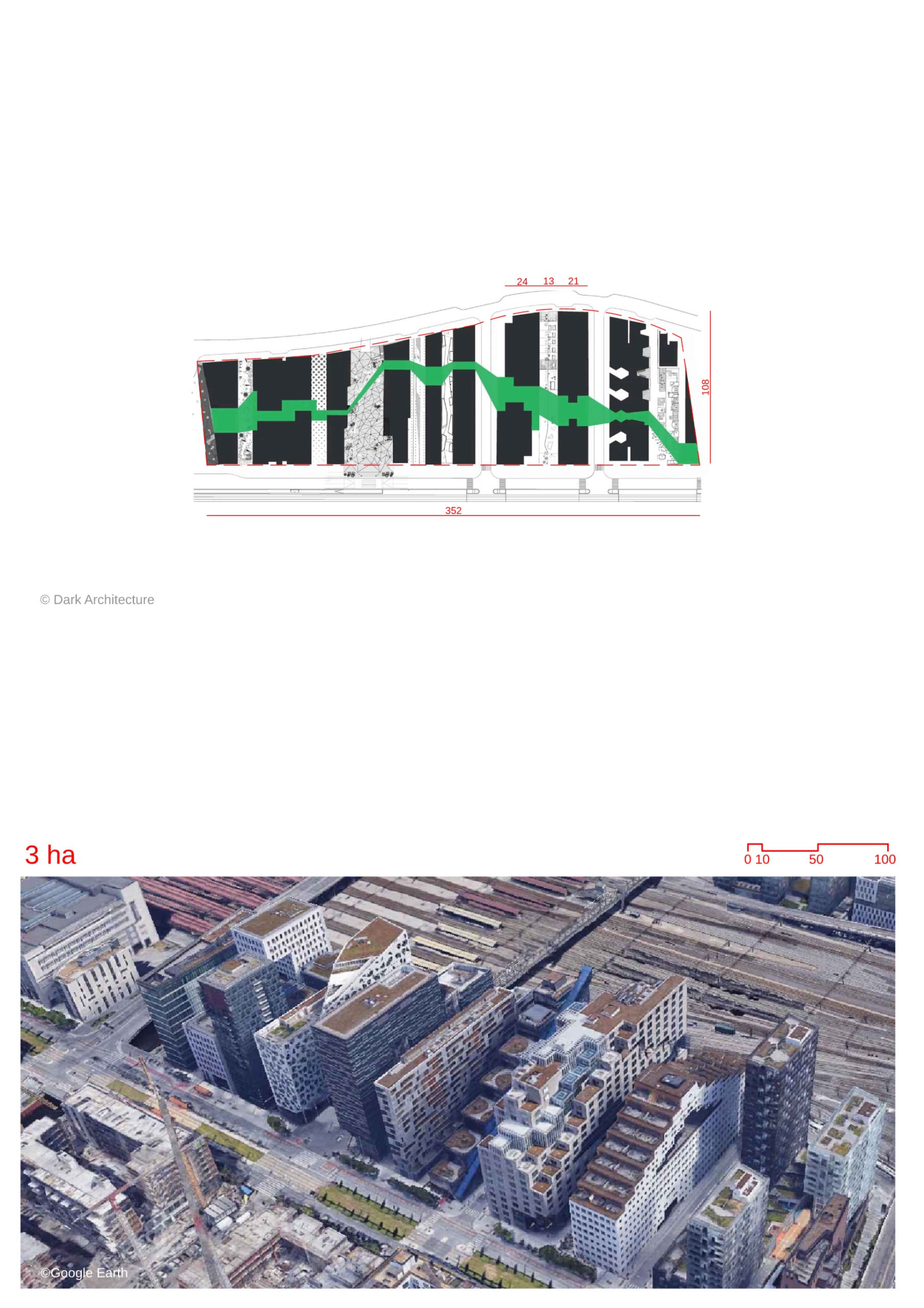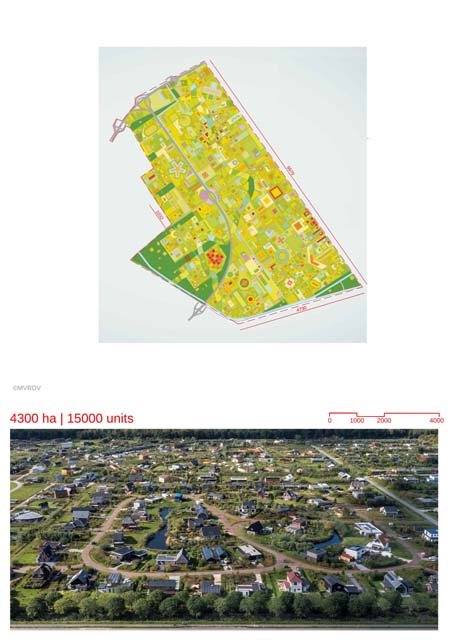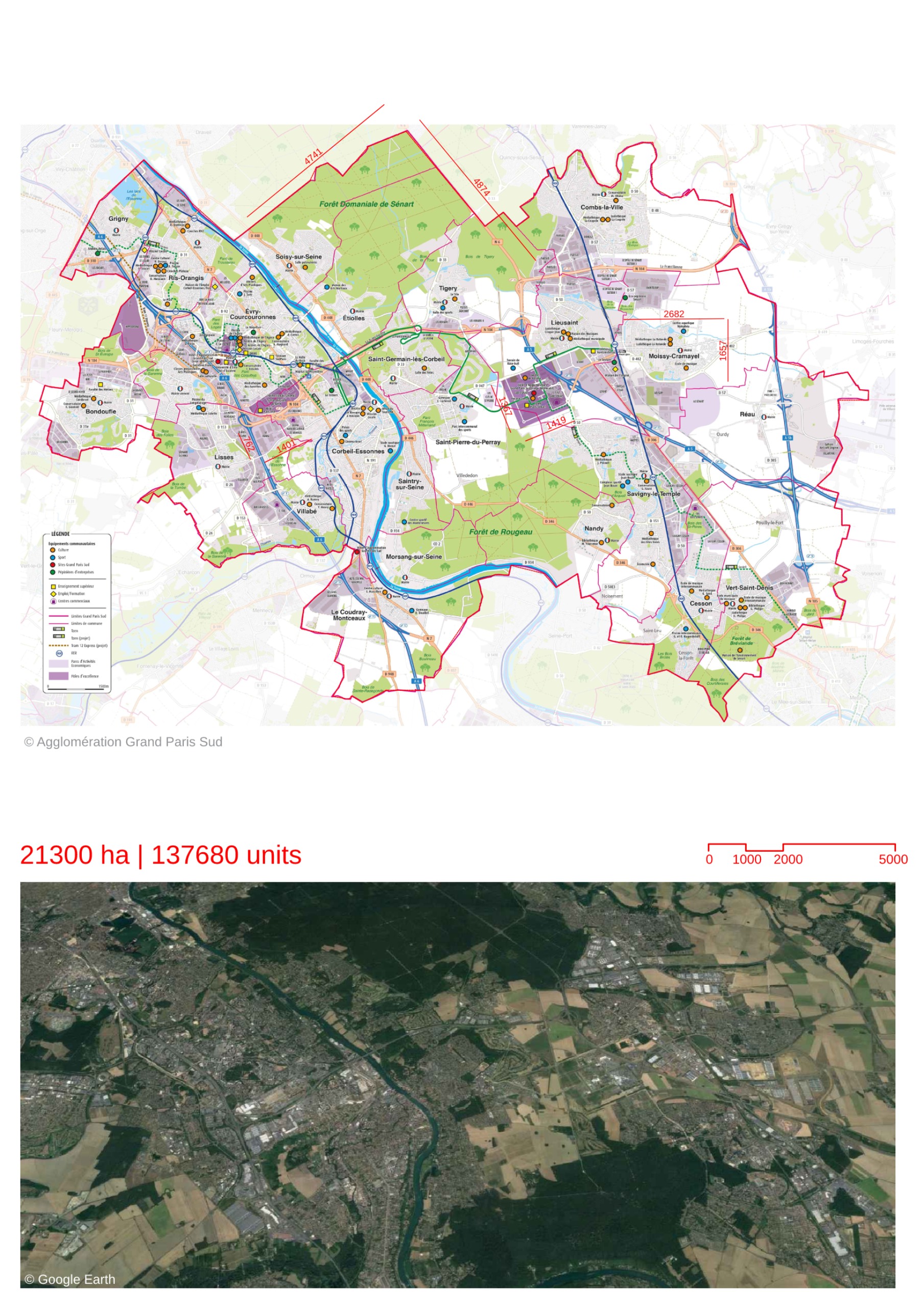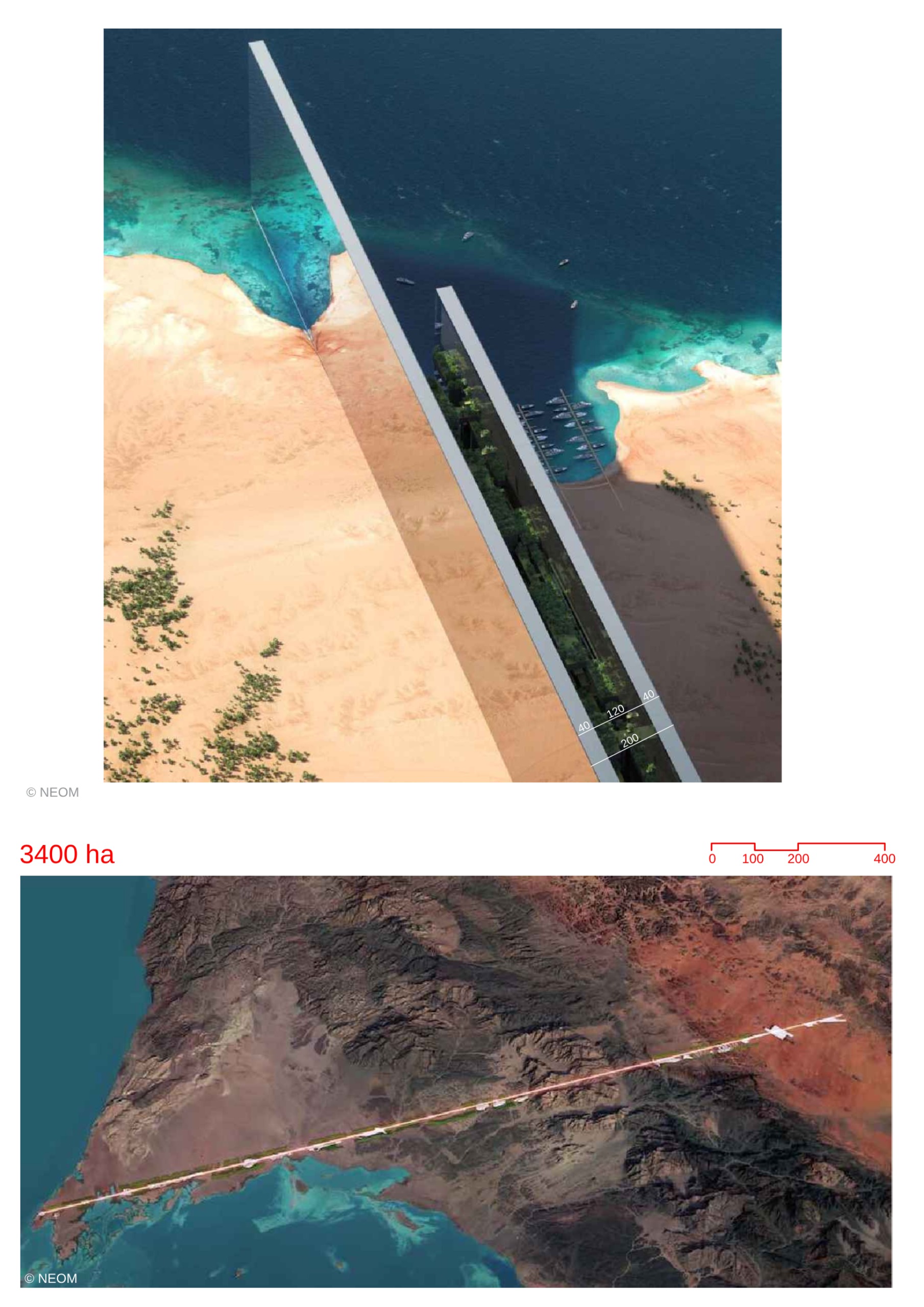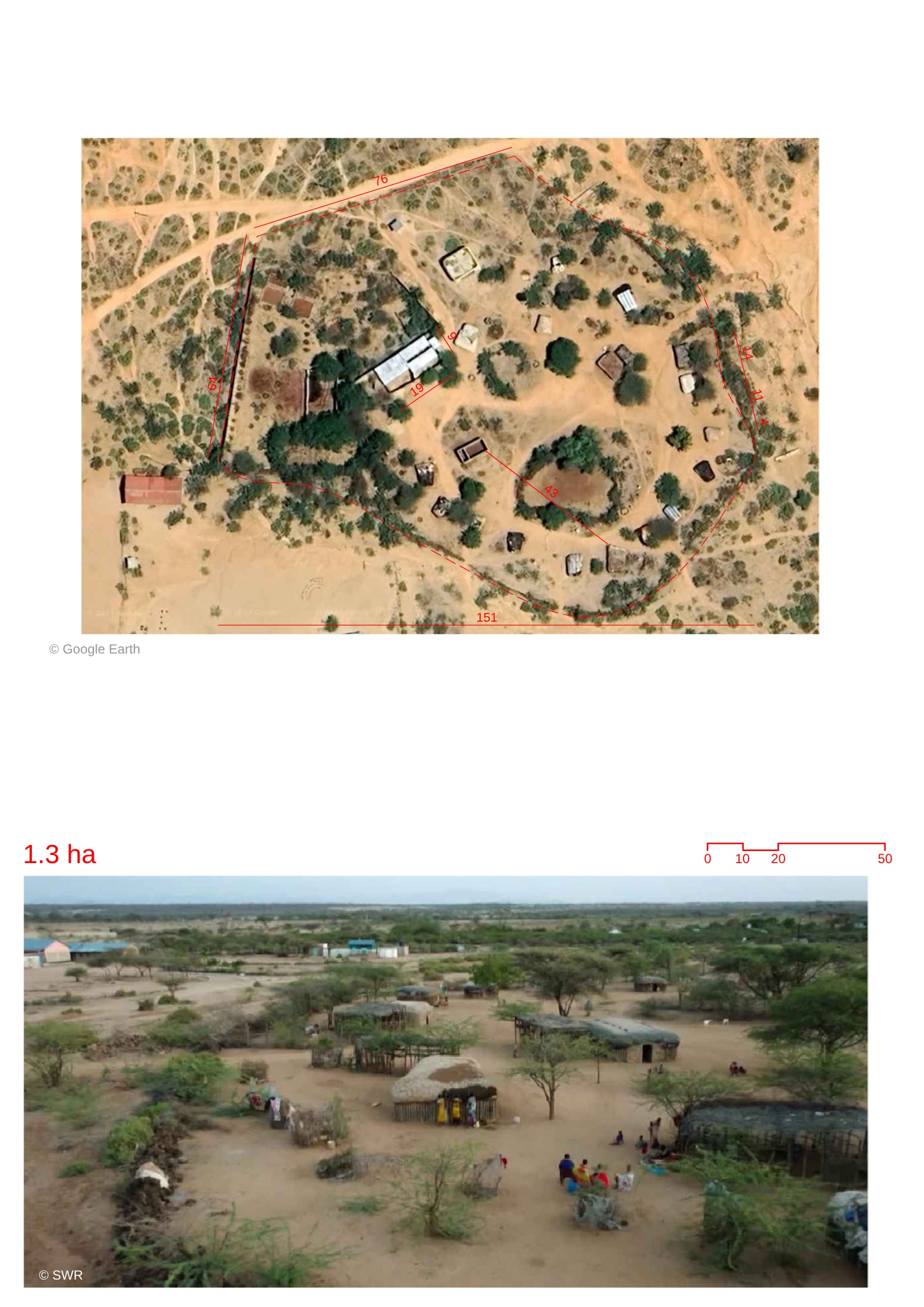
Details
Views:
476
Tags
Data Info
Author
REBECCA LOLOSOLI
City
Umoja
Country
Kenya
Year
1990
Program
Women's Village
Technical Info
Site area
13327 sqm
Gfa
0
sqm
Density
0 far
Population density
37
inh/ha
Home Units:
0
Jobs
0
Streetsroad:
0
%
Buildup:
0
%
NonBuild-up:
0 %
Residential
0 %
Business
0
%
Commercial
0
%
Civic
0
%
Description
- Umoja is all-women village headed by women, located in Kenya. The women are survivors of assault, discrimination and domestic violence belonging to the local Samburu tribe.
- The village was started in 1990 by Rebecca Lolosoli as a refuge for female victims. After being beaten up by men for voicing her opinion against gender discriminatory practices, Rebecca set out to start a village for women. The first few residents came together as victims of assault by foreign soldiers posted in their region.
- The village is matriarchal and fully maintained by the residents. They have the freedom to live independently.
- The perimeter of the settlement features a stone wall with thorny bushes to fend off local wildlife. For their safety women take shifts in the night to guard the village from intruders.
- The village features simple hut structures, each housing a family of women and their children. The traditional huts called manyata are created using mud and cow dung on wooden framework.
- The circular arrangement of the huts ensures that there is good connection amongst the various dwellers. The central area provides a safe supervised area for women as well as their children. A drilled well at the center provides women with water for their various activities.
- Handmade items are sold by the women for income. They undertake agrarian activities in the surrounding land to feed their families. They also run a lodge with small cottages for tourists. The revenue is distributed amongst residents for food and education.
- Using their income earned as a community, the women have built a nursery school for their children as well as children from surrounding villages, understanding the importance of education.
- A prominent tree called the “tree of speech” signifies the democratic nature of the village, as the women gather there to make decisions regarding their community.
Location
Sources
Explore more Masterplans
|
